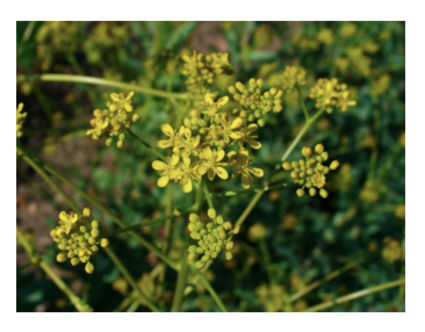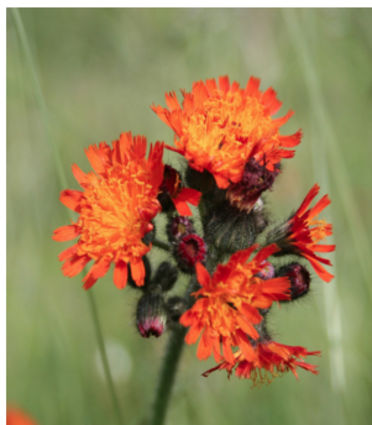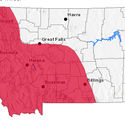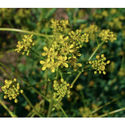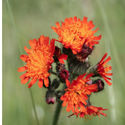Chinook Jr. High Exploratory Agriculture Students Inform us on Noxious Weeds
October 9, 2019
Robin Allen, a CHS Educator has assigned each of her Junior high students in Exploratory Agriculture a noxious weed to research. Their job is to be able to recognize noxious weeds as well as educate others on how to eradicate and stop the spread of the weed. There are a total of 36 weeds we will learn about through this project and the Blaine County Journal will Spotlight 1 or 2 each week.
Dyer's Woad
By Dentin DePriest:
Life Cycle:
The amount of time from the start of the stem growth to seed is about 8 weeks. Fruits are longer than they are wide, ½ inch to ¾ inch long and about ¼ inch wide. They are green when they first form and then turn dark blue or black when fully mature.
Stem:
Dyer's woad has basal (arising from the base) leaves with long petioles (leaf stalks). Stem leaves are lance shaped and clasp the stem.
Leaves:
Shaped like arrowheads, the leaves get smaller and shorter more towards the top of the stem. Each individual leak has a cream or white bright colored central vein.
Flower:
Leaves of a basal rosette have long stems and pale veins. They may even be covered in long hairs. The edges are toothed and wavy.
Seed:
The woad has pear-shaped seed pods that turn dark blue to black when fully mature. The plant is winter annual, biennial and sometimes short-lived perennial.
How to get rid of it:
Sowing or tilling the plant many times over in the infected area will eventually kill off the plant. If you are removing by hand consider cutting off the top of the plant then pull of dig form the very bottom of the plant. Burn all of the scraps.
How to prevent:
Cutting off the blooms before they turn to seed will minimize the spread of woad. Careful monitor and sanitize, especially when moving animals or equipment from infested areas, are important. In established infestations, it is critical to prevent plants from producing seed. Assays have shown that some woad seeds are capable of germinating even if the seed pods aren't fully mature.
Where to find it:
Dyer's woad is commonly found along roads, railroad tracks, rocky foothills, and hillsides. It is the biggest problem in the North western/Northern part of the United States. Utah, Nevada,Wyoming, Montana, and California.
Specific group it tends to spread with:
Dyer's woad seed can be dispersed by the wind, water, livestock, hunters/humans, or wildlife. Careful monitoring and sanitation when moving animals or equipment from infested areas can also reduce the spread of woad. By preventing the spread of woad, land owners save not only time, but money too.
Orange Hawkweed
By Asher Brinkman:
Orange Hawkweed may look pretty, but it is actually a noxious weed invading not only Montana, but also Colorado, Washington, Alaska, Idaho, and Oregan. The orange hawkweed can get from 10 to 20 inches in height. The orange hawk weed can produce 2 to 25 heads during the summer and early fall. The life cycle of this plant is Perennial, which means; lives more than one year. The leaves are rosette, and have hairs on both sides.
The stem is erect. It is also hairy with scattered, long, stiff, and often blackish hairs. The flower is bright, with an orangish, reddish color. The flowerhead is a compact, flat-topped head. The seeds will stay alive in the soil for about 7 years!
If you find orange hawkweed, it is okay to pull it. Just make sure that the root comes out of the ground. If it does not come out, it will grow back. You can also use Roundup. To prevent the spread of orange hawkweed, you first kill it using the tips listed above. Then to not spread it, carefully clean all boots, shoes, gloves, etc..
This is where you tend to find orange hawkweed. It is not native to these areas. In fact, it is not even native to North America! It is native to Europe. It is a very long way from home. The distance from North America to Europe is 4,178 miles!
If you are a hunter, make sure to clean all your clothes or you could spread it. If you are hunting with friends, tell them about what could happen if you do not clean your clothes. Not only could you spread orange hawkweed, but other noxious weeds as well. The red on the map above could get even bigger if you are not careful!
If you find any orange hawkweed, follow all of the tips listed above. Thanks for reading this article on orange hawkweed!

